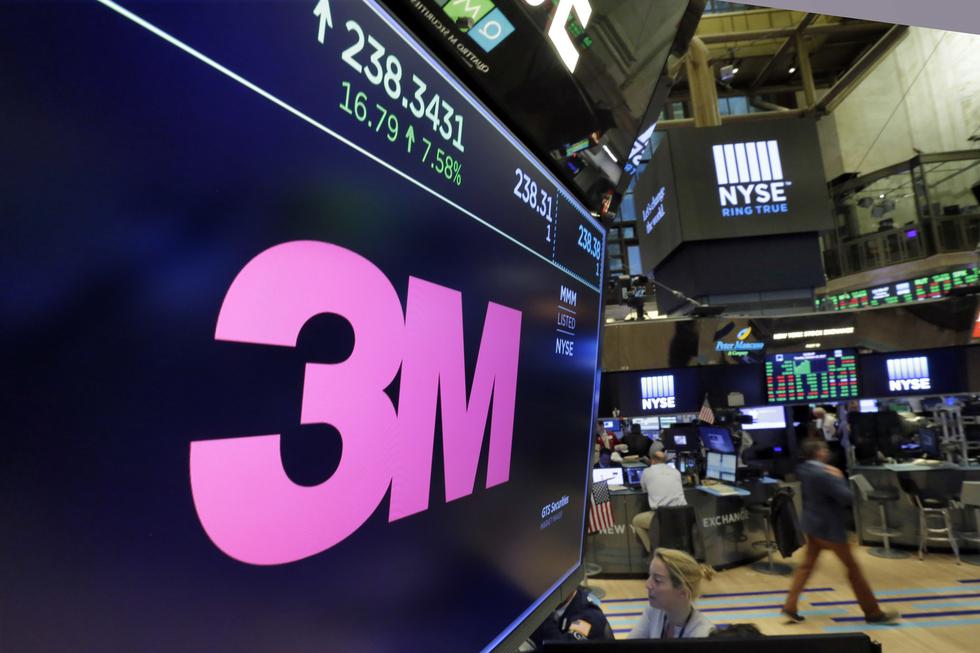

This past Sunday, with the share buybacks of American corporations at an all-time high, The Washington Post business section ran a major piece documenting buybacks’ rise and giving the arguments for and against the practice. And the arguments for, I’m compelled to say, look mighty flimsy.
Those arguments have never been more important, since the Republican tax cut supercharged the irresistible force (greed) that compels CEOs to authorize buybacks—as their pay is commonly linked to the share values that buybacks inflate. And “supercharged” may be understating it: “In February alone,” the Post reported, “U.S. corporations announced a record $150.7 billion in buybacks.”
The problem with buybacks—the problem their defenders are obliged to address—is that they simply funnel corporate profits into shareholders' pockets rather than into investment. The defenders’ argument is that once the shareholder gets a hold of that additional money, he or she invests it in a company that will actually invest it. “That money doesn’t go into a black hole,” Douglas Holtz-Eakin, the doyen of Republican economic advisers, told the Post. “It goes into a financial market somewhere. Another entity uses that money to make investments that kick off a chain of events that leads to higher capital for workers, higher wages, higher productivity.”
“The shareholder,” said John Cochrane, an economist at the right-wing Hoover Institution, “goes and invests it in another company that might have something better to do with it. Money usually takes four or five steps to get anywhere, but eventually the money from the buyback makes its way into the hands of a company that isn’t going to leave it in cash. It’s going to build something new with it.”
There are some problems with these arguments. If buybacks “kick off a chain of events” that eventually lead to higher wages, higher productivity, and more investment, why haven’t we seen higher wages, higher productivity and more investment in the past couple of decades? After all, we’ve had a decade of record-high buybacks—by University of Massachusetts economist William Lazonick’s calculations, virtually all the profits of the Fortune 500 from 2005 to 2015 went to share buybacks and dividends, even as productivity slowed and wages stagnated.
Indeed, in dismissing the case against buybacks, Cochrane actually makes a pretty convincing case against their utility. Why does it take “four or five steps” for a shareholder’s investment to actually reach a corporation that invests its funds in something productive? Could it be that a shareholder who has pocketed the buybacks from corporation A—whose CEO felt compelled to issue the buyback lest his company’s stock lag behind the competition—goes and invests it in corporation B, whose CEO is under the identical pressure to boost his share price by buying back shares as the CEO at corporation A was? And so are the CEOs at corporations C and D, which is why it may take five steps, or more, to find a company that actually will invest some of its cash. And who’s to say that our shareholder doesn’t actually seek out corporations that reward shareholders through buybacks rather than corporations that divert those funds into long-term investments? That’s certainly the modus operandi of our activist investors.
To read and ponder the Holtz-Eakin and Cochrane defense of buybacks is to be compelled to conclude that if we truly want to boost productive investment, we need to tax those profits on which American corporations are comfortably nestled (our public corporations, the Post reports, currently have $4.9 trillion in cash) and use the proceeds for public investment. If we truly want to boost workers’ wages—and with $4.9 trillion on hand, the corporate sector appears to be able to do that—we should simply eliminate all obstacles to those workers forming unions.
The Post piece, then, has performed an invaluable service. By publishing these defenses of share buybacks, it has made clear that share buybacks are indefensible.
Tax Cuts for the rich. Deregulation for the powerful. Wage suppression for everyone else. These are the tenets of trickle-down economics, the conservatives’ age-old strategy for advantaging the interests of the rich and powerful over those of the middle class and poor. The articles in Trickle-Downers are devoted, first, to exposing and refuting these lies, but equally, to reminding Americans that these claims aren’t made because they are true. Rather, they are made because they are the most effective way elites have found to bully, confuse and intimidate middle- and working-class voters. Trickle-down claims are not real economics. They are negotiating strategies. Here at the Prospect, we hope to help you win that negotiation.



